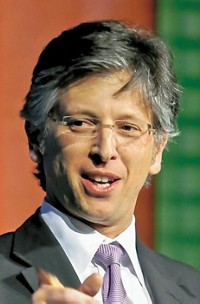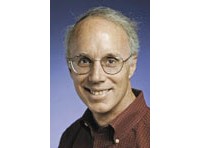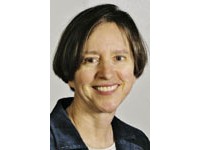Advertisement
Grab your lab coat. Let's get started
Welcome!
Welcome!
Create an account below to get 6 C&EN articles per month, receive newsletters and more - all free.
It seems this is your first time logging in online. Please enter the following information to continue.
As an ACS member you automatically get access to this site. All we need is few more details to create your reading experience.
Not you? Sign in with a different account.
Not you? Sign in with a different account.
ERROR 1
ERROR 1
ERROR 2
ERROR 2
ERROR 2
ERROR 2
ERROR 2
Password and Confirm password must match.
If you have an ACS member number, please enter it here so we can link this account to your membership. (optional)
ERROR 2
ACS values your privacy. By submitting your information, you are gaining access to C&EN and subscribing to our weekly newsletter. We use the information you provide to make your reading experience better, and we will never sell your data to third party members.
Materials
Gabor A. Somorjai Award for Creative Research in Catalysis
January 22, 2007
| A version of this story appeared in
Volume 85, Issue 4
Sponsored by the Gabor A. & Judith K. Somorjai Endowment Fund
Chemical systems that are too complex to be probed in a straightforward way often need to be substituted with simplified stand-ins in order to reveal pertinent molecular secrets. But designing model test subjects and suitable experimental conditions to uncover those secrets is challenging. According to leading researchers, Hans-Joachim (Hajo) Freund, a professor and director of the Fritz Haber Institute of the Max Planck Society, in Berlin, excels in designing model catalysts and probing them with novel surface-sensitive techniques.
Freund's "innovative methods" for preparing single-crystal model oxide catalysts and his development of new surface-analysis techniques have led to "major contributions" in the evolution of catalysis, says Gabor A. Somorjai, a professor of chemistry at the University of California, Berkeley. Somorjai adds that Freund's 25 years of "outstanding and creative research" have elevated him to the level of "unquestioned leader in Europe of the surface science approach to heterogeneous catalysis."
Among Freund's numerous scientific accomplishments, various seminal studies are singled out by experts for their broad impact. Examples include development of synthetic methods for preparing model catalysts based on the oxides of nickel, aluminum, silicon, niobium, magnesium, and other materials. The Berlin scientist is also recognized for his advances in electron spin resonance techniques and single-particle luminescence methods and for his application of sum frequency generation and other vibrational spectroscopy procedures to probe model catalysts.
The impact of Freund's work continues to grow. As Texas A&M University chemistry professor D. Wayne Goodman notes, Freund initiated much of the oxide-based catalyst research that is under way in laboratories around the world. Goodman adds that Freund and his coworkers have played a major role in bridging the gap between the traditional surface science and catalysis communities and have served as a springboard for "an entirely new approach to fundamental catalytic research."
Freund, 55, earned bachelor's and master's degrees in chemistry and physics at the University of Cologne, in Germany, in 1972 and 1975, respectively, and completed his Ph.D. education there in 1978. Following postdoctoral positions at the University of Pennsylvania and Xerox, he began his academic career at Erlangen University, Nuremberg, Germany, where he remained until 1987. He then moved to Ruhr-University Bochum, also in Germany, where he served as a chemistry professor from 1987 to 1996. In 1996, he was appointed director of the Fritz Haber Institute.
Freund has received numerous honorary professorships, including those at the Free University, Technical University, and Humboldt University, all in Berlin. He has been honored with various lectureships around the globe and has been a fellow of the American Physical Society since 2001. He has served on several international science panels and committees and has been named to the editorial boards of numerous chemistry and physics journals.
In two-and-a-half decades of service to the surface science and catalysis communities, Freund has educated nearly 80 Ph.D. students and more than 80 postdoctoral researchers and has published more than 450 scientific papers.
The award address will be presented before the Division of Colloid & Surface Chemistry






Join the conversation
Contact the reporter
Submit a Letter to the Editor for publication
Engage with us on Twitter